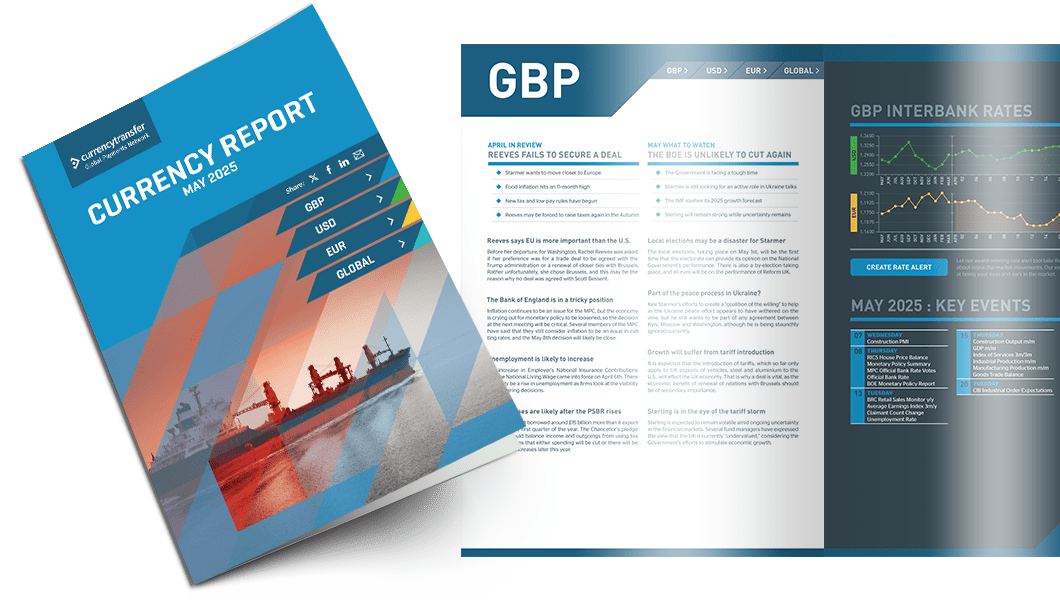
Highlights
- Banking crisis may help BoE tame inflation
- Private sector jobs fall in March
- Inflation expectations below 5% by end of year
Inflation may fall too far
Silvana Tenreyro believes that even one more rate hike may cause inflation to fall too far and drive deflation as demand collapses.
Huw Pill, the Bank’s chief economist on the other hand, believes that the current policy is correct since, having travelled so far down the road, it would be foolish to stop now.
It will be dangerous for the credibility of the MPC if factions develop, particularly if the various department heads at the Bank appear split on what action needs to be taken next.
The UK services sector produced another encouraging performance to offset the continued decline of Manufacturing.
Services make up 80% of UK GDP, and yesterday’s release of S&P Global/CIPS PMI data showed that the sector continues to drive the economy forward.
The strong services output contributed to a strong composite figure of 52.2 which was unchanged from February.
The UK is facing a similar dilemma to that which faced the U.S. in the past few months in that uncertainty has affected the market’s confidence that the country can avoid a recession.
There are several UK centric issues that continue to raise concerns; the lack of skilled labour that is seeing wages continue to rise, adding to inflation, the migration issue which saw the Government announce that over the next few months see migrants who have arrived in the country illegally house on barges off the south coast.
Brexit appears to be in the past following the agreement of the Windsor Framework, although trade remains a hot topic with the UK having joined the CPTPP, a group of mainly Indo-Pacific, with a combined GDP of £11 trillion.
The benefit to the UK economy from this alliance has been questioned by opposition groups, who believe that the benefit will be negligible over the next decade.
The pound failed to retain the momentum that it had built up this week in yesterday’s trading session. It slipped back, reaching a low of 1.2439 versus the dollar and closing at 1.2461. Short term support is now at around 1.2419. A lot now depends on tomorrow’s U.S. employment report for March and how the market is affected by the lack of liquidity caused by public holidays in the UK and Europe.

Read our latest currency report
Most impactful events planned this month and how they could impact your business
Employment to provide a significant clue to Fed actions
Although there is little correlation between job openings data and new private jobs data with non-farm payrolls, the market is now expecting a weak report when it is released tomorrow, in light of the disappointing figures that have been reported this week.
New private sector jobs fell to 146k against a market expectation of 200k and last month’s upwardly revised figure of 261k.
As has been said many times, the number of imponderables contained in the full employment report make it almost impossible to predict.
It is likely, but far from certain that tomorrow’s report will disappoint the market. For what it’s worth, analysts are predicting a headline figure of 240k against a February number of 311k. That is likely to be in the ballpark, given the generally weaker than expected data that has been seen so far this month.
The figures for unemployment and average hourly earnings are generally reliable. They are predicted to see a slowdown from reject months, with the unemployment rate expected to have ticked up slightly from 3.6% to 3.7%, while rises in average hourly earnings will have fallen to 4.3% from 4.6%.
It is not that long since an unemployment rate of below 5% was considered to be as close to full employment as could be imagined. Now, the only way a 5% unemployment rate is likely to be seen is if the FOMC over tightens monetary policy and the economy sees full-blown recession.
The dollar index arrested its recent fall yesterday as it managed to hold above the line of support at 101.50. It reached a low of 101.41 but recovered to reach 101.99 before cloning at 101.89.
The short term fate of the dollar index is tied to tomorrow’s release of the March employment report.
If it is considered too low, say, a headline of around 150k, the market may feel that there will be no more rate hikes and the dollar will lose a vital leg of support.
However, if it is above 300k, which seems unlikely but plausible in the current environment, traders will fear that the FOMC will over tighten bringing a recession closer.
Holzmann says that ECB is aware of the risks
This policy has caused almost as much pain to countries like Italy hikes in short term rates as they continue to struggle to issue paper at what it feels are competitive rates.
This quantitative tightening (QT) is the exact opposite of quantitative easing (QE) when the Central Bank effectively prints money to add liquidity.
The current QT policy not only shrinks the ECB’s balance sheet, it also withdraws liquidity.
Given the recent turmoil in the financial markets this policy has come in for some criticism with banks demanding that the ECB suspends any more sales of its bond portfolio to ensure that there is ample liquidity to deal with any shocks.
Robert Holzmann, the Governor of the Austrian Central Bank and far and away the most hawkish and vociferous of the frugal five spoke yesterday of the fact that the ECB is well aware of the current dangers of QT.
He went on to say that the entire Governing Council wants to see a smaller ECB balance sheet, and careful consideration need to take place regarding the speed of the reduction and how far it needs to go.
QT is an undoubted part of the overall ECB programme of monetary policy, and it is impossible to consider one leg in isolation as in the end hiking rates without a consequent reduction in the size of the balance sheet is counterproductive, since it reduces the effect of the hike.
The euro still stands on the verge of a test of the 1.10 level versus the dollar. It saw a minor correction as once it became evident that it wasn’t going to break that level at the first attempt some weak long positions were liquidated.
It fell to a low of 1.0890, closing at 1.0904.
Have a great day!

Exchange rate movements:
05 Apr - 06 Apr 2023
Click on a currency pair to set up a rate alert
Alan Hill
Alan has been involved in the FX market for more than 25 years and brings a wealth of experience to his content. His knowledge has been gained while trading through some of the most volatile periods of recent history. His commentary relies on an understanding of past events and how they will affect future market performance.